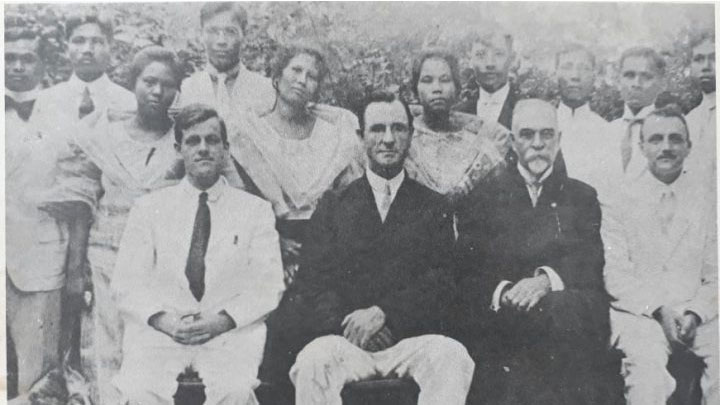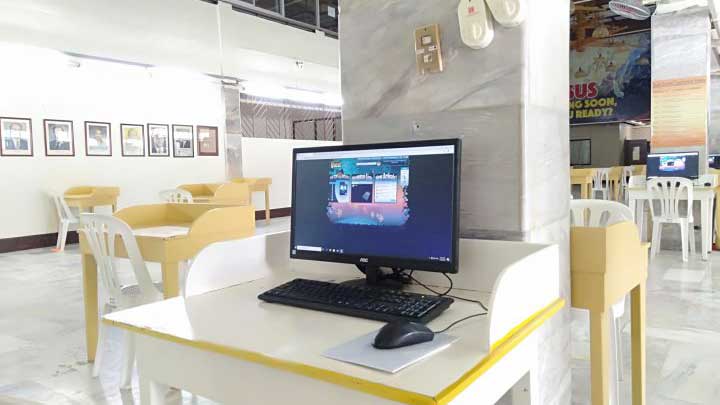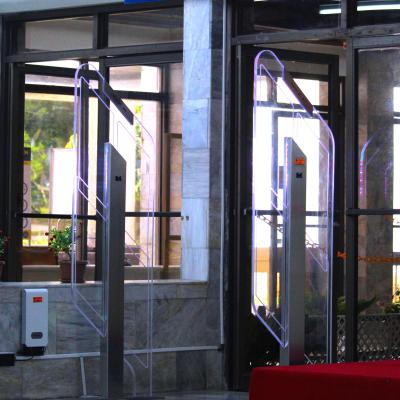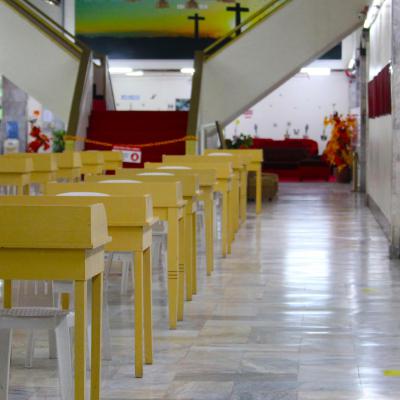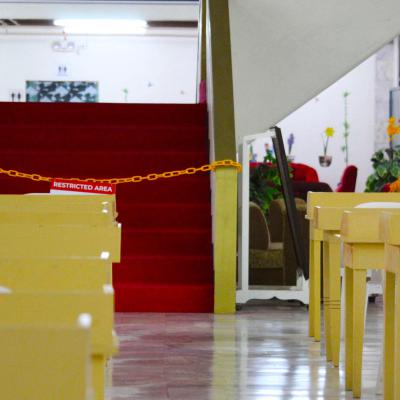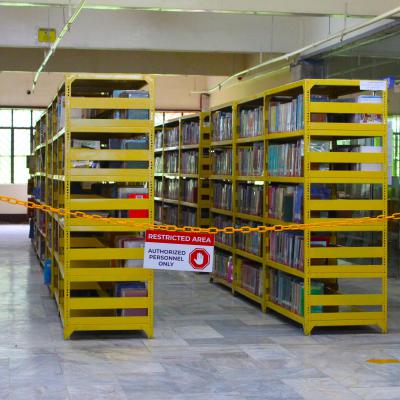






"…As we visited most of our churches he (Elder Daniels) was impressed seeing so many young people. This gave me an opportunity to lay before him our need for a school a higher education where our young people could be trained for service in giving the last message to their own people. The evening before they were to leave for America our young people of Manila gave a nice program as a farewell to them… As Elder Daniels saw these bright young people he was greatly impressed with their possibilities of becoming a mighty power in giving this last message to their own people. The next morning before he left he promised me that he would lay the matter before the General Conference Committee and urge that something be done as soon as possible to provide us with a school…"
July 1, 1915, The Advent Review and Sabbath Herald published the writing of Elder Daniels:
“Another insistent demand in the Philippines is for a school in which to give our young people the education and the training they must have to become efficient workers in the cause. The Lord has blessed us with a large number of bright, active young people in this mission field who are anxious to work for Him. One-third of the two hundred members present at the sabbath morning meeting in Manila were young people ranging from twelve-five years of age… A good school is as great a necessity in the Philippines as in any other country, and from indications it seems to us the benefits of such a school will be as great there as anywhere else. From all that we saw, we felt it our duty to urge that the money be secured for the establishment of a training school for the Philippines.”
July 20, 1916, purchased a five-acre lot for ₱13,000 ($6,500) at the corner of Donada and San Juan streets in Pasay, Rizal, where the North Philippine Union Conference stands at the present. Some of the money was spent to purchase lumber used by the government and some flooring materials from a large dance hall. Elder Finster was the supervisor and acted as general overseer while the construction began of the combined two-story administration building and boy’s dormitory.
The second floor of the administration building was used as boys’ dormitory facing the old house which was bought with the land. This old house served as the girls’ dormitory and its basement as dining hall, kitchen, and classrooms.
A bungalow was constructed for the coming American principal and his wife across the administration building and the west end of the old house. During the construction, elder Finster wrote: “During most of the time the building I would work all day and then after good bath, I would preach in the tent in the evening”.
1919, when the girls’ dormitory was built. The nipa house was converted into a primary and normal building.
The library, chapel, and classrooms for the high school students were located in the basement of the administration building.
The nipa house was built behind the Philippine Publishing House which was formerly the opposite side of the Manila Sanitarium and Hospital Guest-house.
Administration building, dormitories, principal’s office at the back of the principal’s cottage, and the nipa house for the children in the lower grades were ready to be used. June 12, 1917, when the first Philippine Seventh-day Adventist Academy formally opened its doors with 36 students in the high school and only 12 pupils in the primary grade. The school offered short courses to increase their enrollment in the first year of operation.
When the school opened, a work program started with the curriculum. The basis of this program was the Spirit of Prophecy that, "Physical labor will not prevent the cultivation of the intellect. Far from this. The advantages gained by physical labor will so balance the mind that it shall not be overworked". -White, Ellen G., Christian Education.
"The teacher who accepts this aim is in truth a co-worker with Christ, a laborer together with God".
"Let the youth be impressed with the thought that education is not to teach them how to escape life’s disagreeable tasks and heavy burdens; that its purpose is to lighten the work by teaching better methods and higher aims".
-White, Ellen G., Education.References:
Philippine Union College (1967). Balintawak memoirs. Caloocan City: Philippine Union College.
Philippine Seventh-day Adventist Academy (1924). Pasay, Rizal: Philippine Islands.

